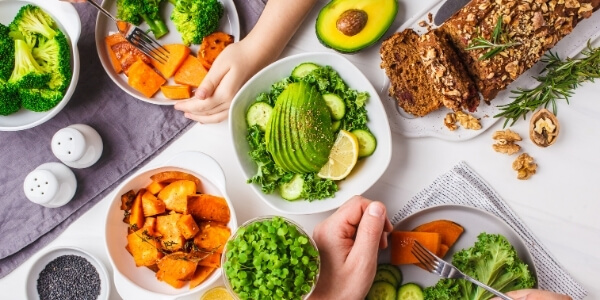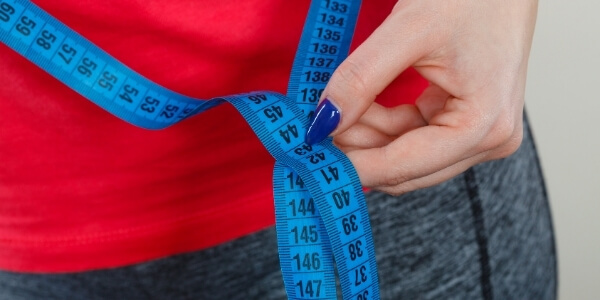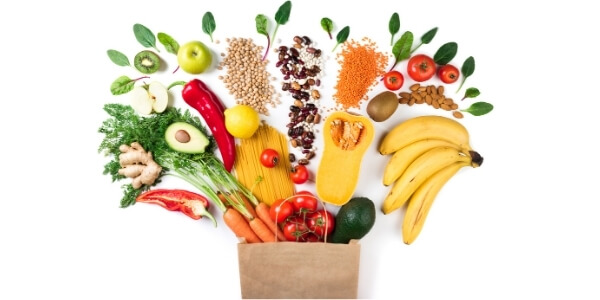Understanding Belly Fat & How Much is Too Much
Having a 6-pack is unrealistic for most of us and the truth is ‘healthy’ doesn’t mean having a 6-pack or a flat stomach. Having some belly fat is completely normal and healthy! However, it is important to understand that too much belly fat can impact your health.
Understanding belly fat
When belly fat becomes too much, it wraps around your important organs like your heart and kidneys. This fat is not just sitting there dormant like fat stored around other areas of the body, this fat is actually ‘active.’
What do you mean belly fat is active?
Well, too much belly fat can pump harmful chemicals throughout the body and these chemicals can increase the risk of developing obesity-related chronic diseases like type 2 diabetes, heart disease and some cancers.
The more belly fat you have, the higher the risk. But, don’t forget it is completely normal and healthy to have some belly fat!
How much belly fat is too much?
The best way to get an idea if your belly fat is increasing your risk of developing obesity-related chronic diseases is to measure at your waist circumference.
For women, a waist circumference of 80 cm or more indicates an increased risk and for men a waist circumference of 94cm or more indicates and increased risk.
How can I look after my belly?
Healthy eating, regular exercise and lowering stress levels are the best way to keep your belly fat at bay.
Healthy Eating
By making small changes to your eating habits, you will find it much easier to lose weight and maintain weight loss.
Here are some healthy eating tips:
- Begin your day with a healthy breakfast
-
This will prevent your body going into starvation mode where it starts to store fat!
-
Breakfast will keep you full and help prevent that 3 o’clock cookie monster!
- breakfast can be healthy and delicious- check out our yummy brekkie banana split
-
- Fill up on fibre
-
Wholegrains, fruit and veggies have lots of fibre which keep you full.
-
Fibre also does clever things inside your body that help lower the risk of developing those diseases.
-
Aim for 25–30g fibre per day. This looks like: ½ cup wholegrain cereal, 2 slices wholegrain bread, 2 pieces fruit, 1 cup vege, 1 cup salad and a handful of nuts.
-
- Eat lean protein
- Fish, chicken, low fat dairy products, eggs, chickpeas and nuts will help keep you full.
- Protein helps build muscle which helps burn fat.
- find out more about the importance of protein
- Drink lots of water
- aim for around 2L.
- drink a glass before each meal and snack.
- dehydration can be confused for feeling hungry.
Don’t forget that eating lots of processed sugary, fatty and salty foods will feed that belly fat!
Download our family healthy eating plan to find a 7-day meal plan full of yummy healthy eating or login to download your personal nutrition plan to help create a healthier eating pattern. This is FREE to all members.
Exercise
Try to move your body for 30mins each day and get in at least two or three resistance training workouts like our active training or yoga to help build some muscle mass. Find out more about how much you should exercise to see results.
Check out our on-demand active training or yoga videos which you can do at any time.
If you prefer live sessions book into one of our live-streams sessions online or find a park near you!
Stress
Your body releases hormones like cortisol when it is stressed which can make it hard to lose weight. Stress can also make us reach for food for comfort.
Check out our meditation library to help reduce stress levels or book into our guided meditation live-streams.
Make sure you get enough sleep to help manage your stress levels.
Remember regular exercise and healthy eating also help to reduce stress.
The key is making lots of healthy life-style choices which all work together to help keep you healthy and happy.
Sources:
https://www.betterhealth.vic.gov.au
https://www.eatforhealth.gov.au/guidelines
https://www.ncbi.nlm.nih.gov/pmc/articles/PMC5373497/







